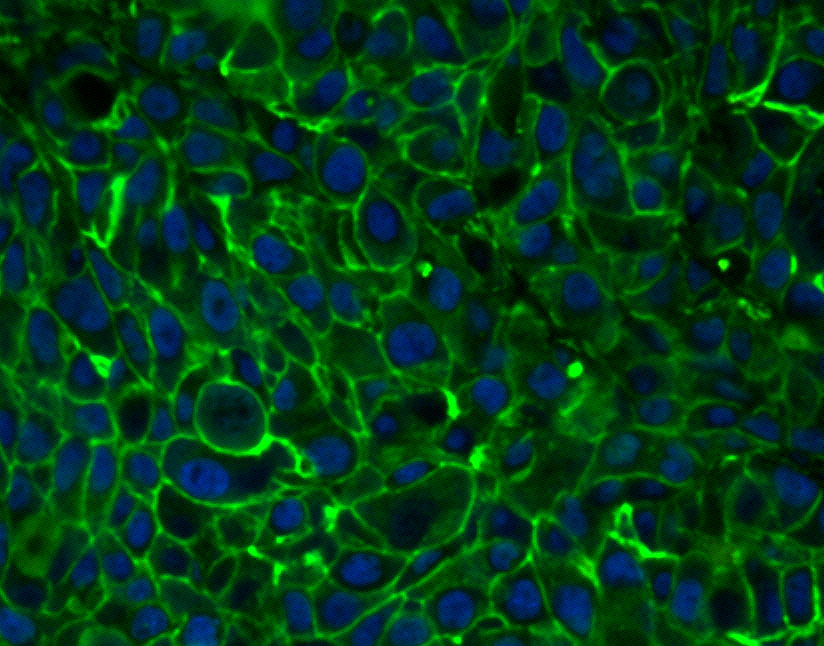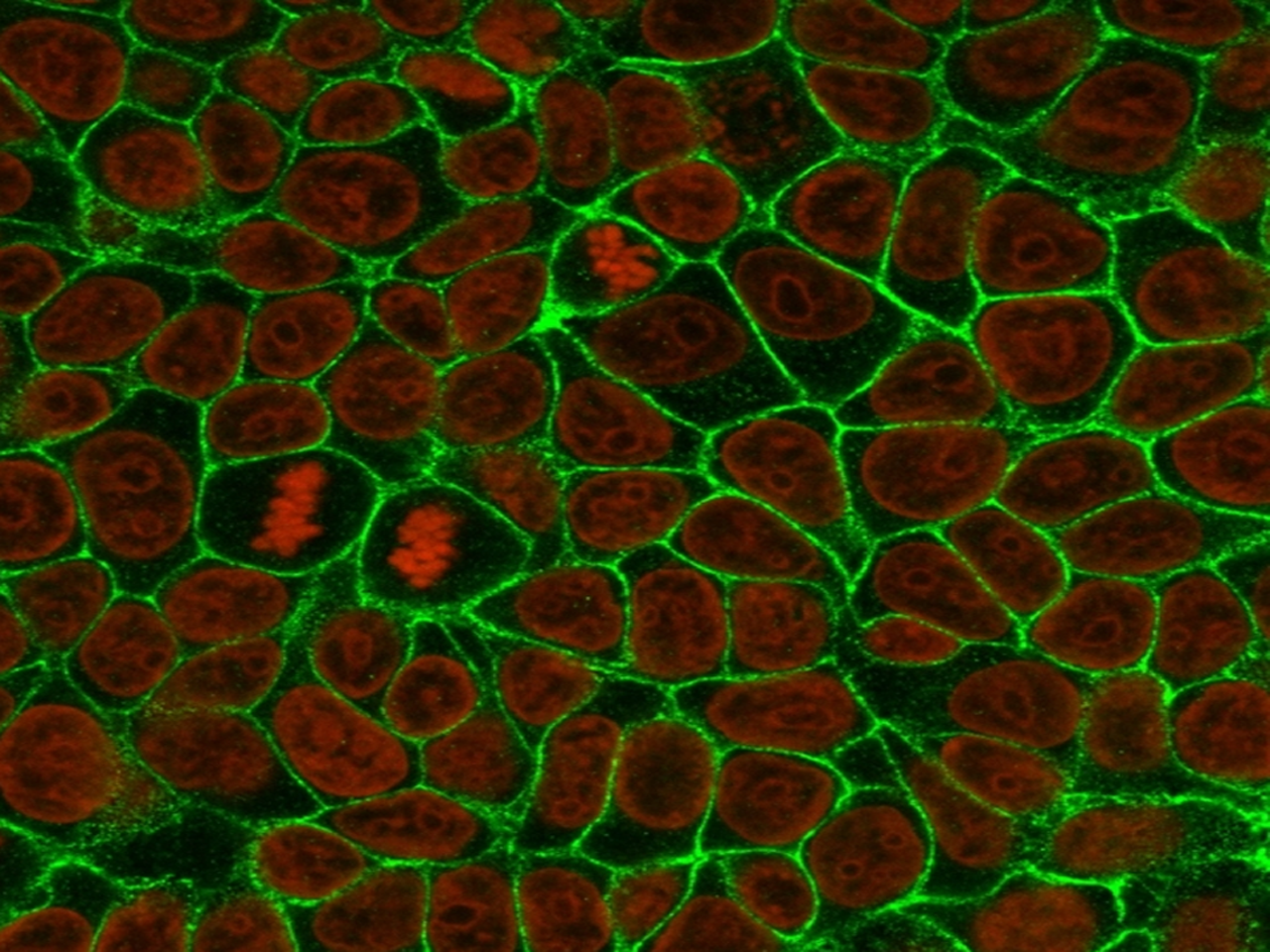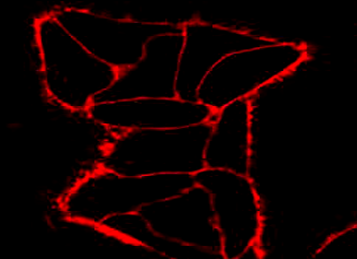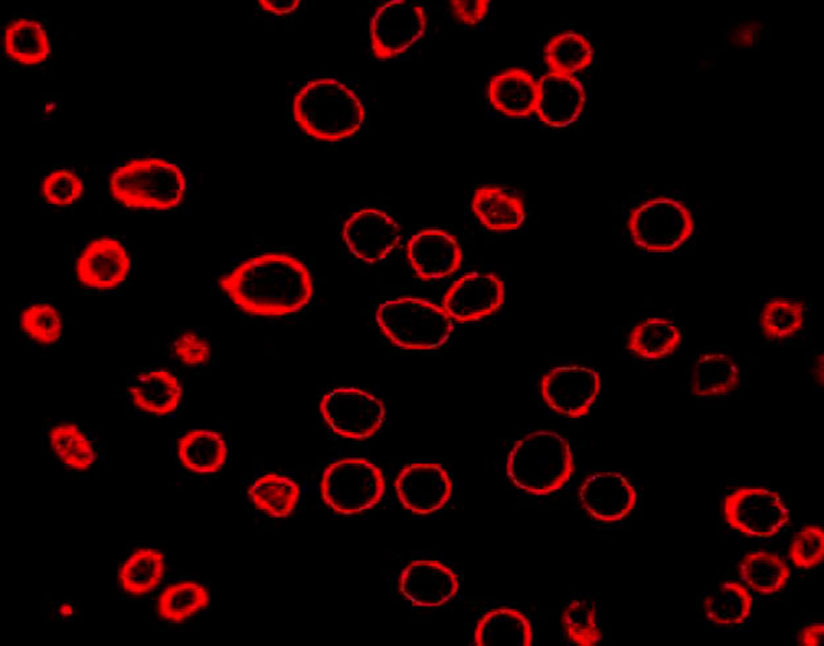Basic Information
Product Name | DiI Membrane Probe (Orange-Red) |
Size | 10mg |
Storage | -20 ℃, protected from light |
Shipping | Shipped with ice pack |
Validity | 12 months |
Molecular Structure
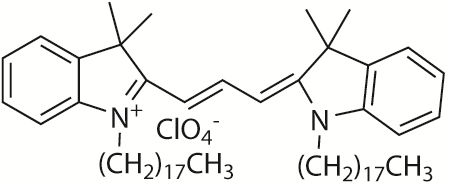
DiI excitation/emission wavelength: 549/565nm
Product Introduction
DiI is a lipophilic fluorescent dye that can be used to stain cell membranes and other lipophilic biological structures. Once incorporated into the cell membrane, DiI diffuses throughout the membrane, and at optimal concentrations, it can stain the entire cell membrane. The fluorescence of DiI is very weak before it enters the cell membrane, but its fluorescence intensity significantly increases upon binding to the membrane. Upon excitation, DiI emits an orange-red fluorescence, characterized by a high quenching constant, moderate photon intensity, and a short excited-state lifetime. It can be detected using standard TRITC filter sets.
DiI generally does not significantly affect cell viability and is therefore widely used as a tracer or long-term tracer for live or fixed neurons and other cells or tissues in both anterograde and retrograde tracing applications. In addition to simple cell membrane fluorescence labeling, DiI can also be used to detect cell fusion and adhesion, monitor cell migration during development or transplantation, investigate lipid diffusion in cell membranes via FRAP (Fluorescence Recovery After Photobleaching), assess cell toxicity, and label lipoproteins.
Reagent preparation
Staining solution preparation
(1) Preparation of stock solution: The stock solution is prepared in anhydrous DMSO or EtOH with a concentration of 1~10 mM .
Note: Store unused stock solution in aliquots at -20°C to avoid repeated freezing and thawing.
(2) Preparation of working solution: Dilute the stock solution with a suitable buffer (e.g. serum-free culture medium, HBSS or PBS) to prepare a working solution with a concentration of 1-10 μM.
Note: The final concentration of the working solution is recommended to be optimized according to different cell lines and experimental systems. It is recommended to start exploring the optimal concentration within 10 times the recommended concentration.
Note: This reagent is for scientific research use only!

